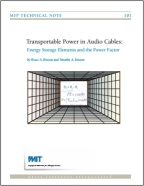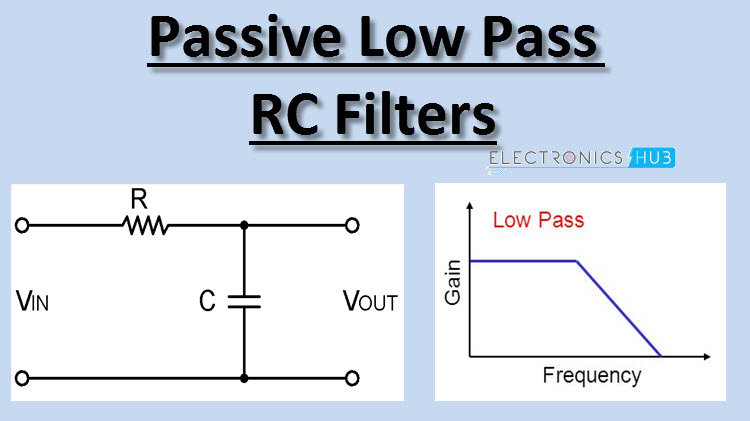Any real measurements instead of a spec sheet typed up by the manufacturer? Would be interested to see same.
JSmith
Just for our reference, Accuphase always shows their "guaranteed" THD and Fq response spec data in their users manuals, like this for Class-A amp A-75;
https://www.accuphase.co.jp/manual_pdf/a-75_manual_j.pdf



